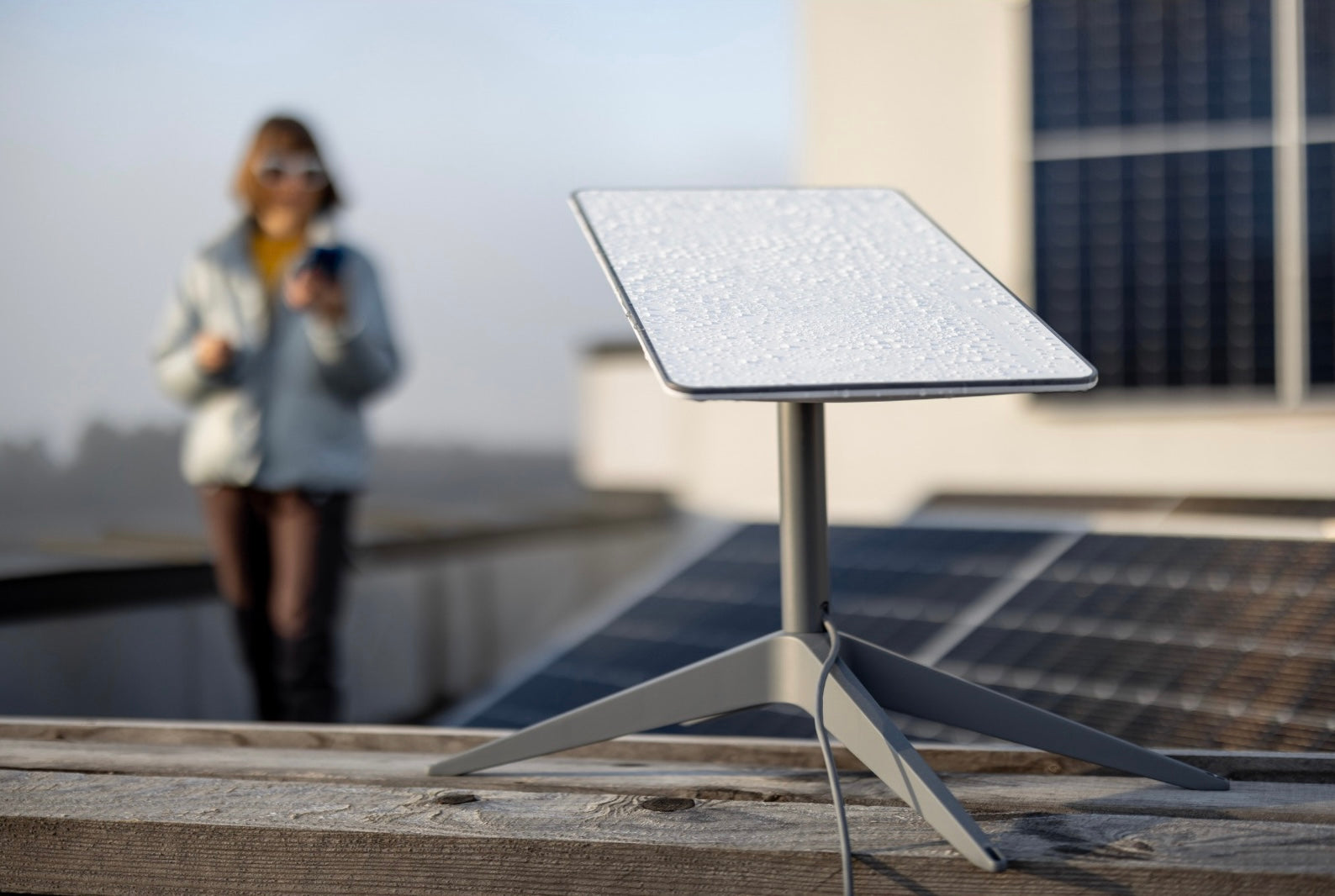In the ever-evolving world of RVing, one challenge has remained constant: reliable and affordable internet access on the go. The quest for a go-anywhere, low-cost, fast, and unlimited data connection has been the holy grail for road warriors. While cellular-based services have been the go-to option, they often fall short in remote areas. But now, a groundbreaking solution has emerged: Starlink. Say goodbye to connectivity woes as we delve into what RVers need to know about this revolutionary satellite internet

Soaring Above the Skies: An Introduction to Starlink
Imagine having access to unlimited internet service in your RV, no matter where your journey takes you. That's the promise of Starlink, SpaceX's low-cost broadband service that blankets previously uncovered locations with its low-earth orbit satellite network. The service, which began accepting preorders in 2021, boasts an impressive constellation of over 3,000 satellites already in orbit, with thousands more awaiting deployment. What sets Starlink apart is its versatility—it can work anywhere as long as you have a clear view of the skies. To access this groundbreaking technology, you'll need a compact satellite dish, available at a price of $599 before taxes and shipping.
Unleashing Lightning-Fast Speeds: The Power of Starlink
If you crave lightning-fast connection speeds, Starlink won't disappoint. With top speeds surpassing 200 megabits per second, it rivals traditional broadband services. However, real-world speeds can vary depending on the number of users in the area. The good news is that Starlink offers two service plans for consumers: residential and Roam. Both plans utilize the same hardware and start at about $135 per month.
Deciphering the Plans: Which is Ideal for RVers?
When it comes to choosing the perfect Starlink plan for your RVing adventures, two key differences come into play. The first difference lies in service speed prioritization. Residential users, who need a permanent service address, enjoy guaranteed speeds up to the first terabyte. In contrast, other users in the same area might experience throttled speeds during peak usage times. Roam plan users, on the other hand, can enjoy "best effort" speeds without the need for a home service address. However, in congested areas with numerous Starlink subscribers, speeds may be significantly slower. Hence, having a secondary connection option, like a cellular-based mobile hotspot, is a wise move.
Flexibility and Savings: The Roam Plan Advantage
One major advantage of the Roam plan (formerly named RV plan) is its flexibility. You can pause the service when it's not needed, ensuring you only pay for the months when you require internet connectivity. There are no additional fees to keep your account on hold, making it an excellent cost-saving option for seasonal travelers. It's worth noting that there's no proration for partial months. So, every time you unpause the service, you'll be billed for a full month. For most new subscribers, Starlink’s Roam Plan emerges as the best plan for travelers. Residential plans often have long waitlists and offer little benefit unless you need the service at

Navigating Speed Bumps: Starlink's Performance Based on Location
Starlink's performance can be influenced by your geographical location. As the satellite constellation is evenly distributed across the sky worldwide, population density often affects connection speed. In general, areas with higher population density, especially in the eastern part of the U.S., tend to experience slower speeds due to the larger number of users sharing the same satellites. Conversely, sparsely populated regions in the western states enjoy faster speeds, with major cities being the bottlenecks. Additionally, it's important to consider the impact of environmental factors on Starlink's performance. Heavily shaded areas can interrupt the connection, causing intermittent service, which may not be ideal for activities such as live video chats or gaming.
Despite these considerations, Starlink has undeniably revolutionized internet access for RVers, allowing them to explore remote locations while staying connected with broadband speeds. No longer constrained by cell phone coverage, RVers can embark on limitless adventures, confident in their ability to remain connected wherever the road takes them. Starlink has indeed lived up to the hype, empowering RVers to break free from connectivity limitations and embrace the true spirit of nomadic exploration.
See you on the road.



Share:
5 Campgrounds To Explore This Fall
15 Farms Where You Can Camp With Your RV
8 comments
We’ve been using Starlink since June 2022 and absolutely love it. We’ve camped up and down the west coast and all over Montana, Utah, Washington, Idaho, and Nevada and had very few issues.
We are full time and both of us work online, so we need to use a lot of data plus good speed for uploading and downloading. We run three smart TVs, four ipads, three phones, and two laptops with no challenges.
We’ve had Starlink for over 2 years now, residential with portability (full time RVers) and it is a game changer. Nothing else compares.
Great product